Micro-hydro instrumentation
Deploy UMS at the pilot sites and collect key data that reveal the existing operation schemes of the MHP

Based in Kathmandu, the Nepal Energy Foundation (NEF) focuses on capacity building and improving productive use of distributed renewable energy. NEF and Smarter Microgrid Ltd (SML) are working closely with local technical experts at Kathmandu Alternative Power and Energy Group (KAPEG) to identify and to validate how the productivity of micro-hydro installations in Nepal can be significantly improved.
The innovation is not only in the integration of appropriate technologies, but also in the continual use of the data collected to enable, and to assist with organising, sustainable local socio-economic development - a valuable multi-dimensional collaboration which improves economic outcomes.
The basis of the project is to use SML’s Unified Management System (UMS) to measure the appropriate data, and to publish the data in relevant dashboards, reports and alerts, in order to ascertain, and validate, how productivity improvements can be achieved through optimising utilisation of the micro-hydro assets already invested in.
The key objectives:
The MHPs are at a distance of 19.8 km from the East-West Highway. The road leading to both of the above-mentioned MHPs is same. Same river flows between the MHP premise and the road. The installed capacity of the JK2 is 30kW and is supplying 283 domestic and some commercial (mills, hotels and restaurants) consumers.
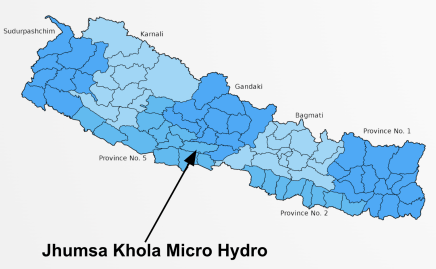
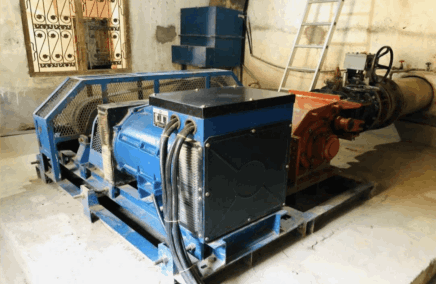
The JK3 installed capacity of the micro hydro is 68kW and is supplying electricity to 503 consumers
utilizing the electricity mostly for domestic purposes
In our innovative, multi-dimensional approach, NEF carried out a socio-economic survey, so that the situation before deployment of the UMS can be sufficiently well understood, and compared with the improvements after deployment of the system, and beyond.
This goal relates to expanding existing productive uses as well as creating new productive uses, including rice mills, carpenters, shopkeepers, tailors, education services and medical facilities.
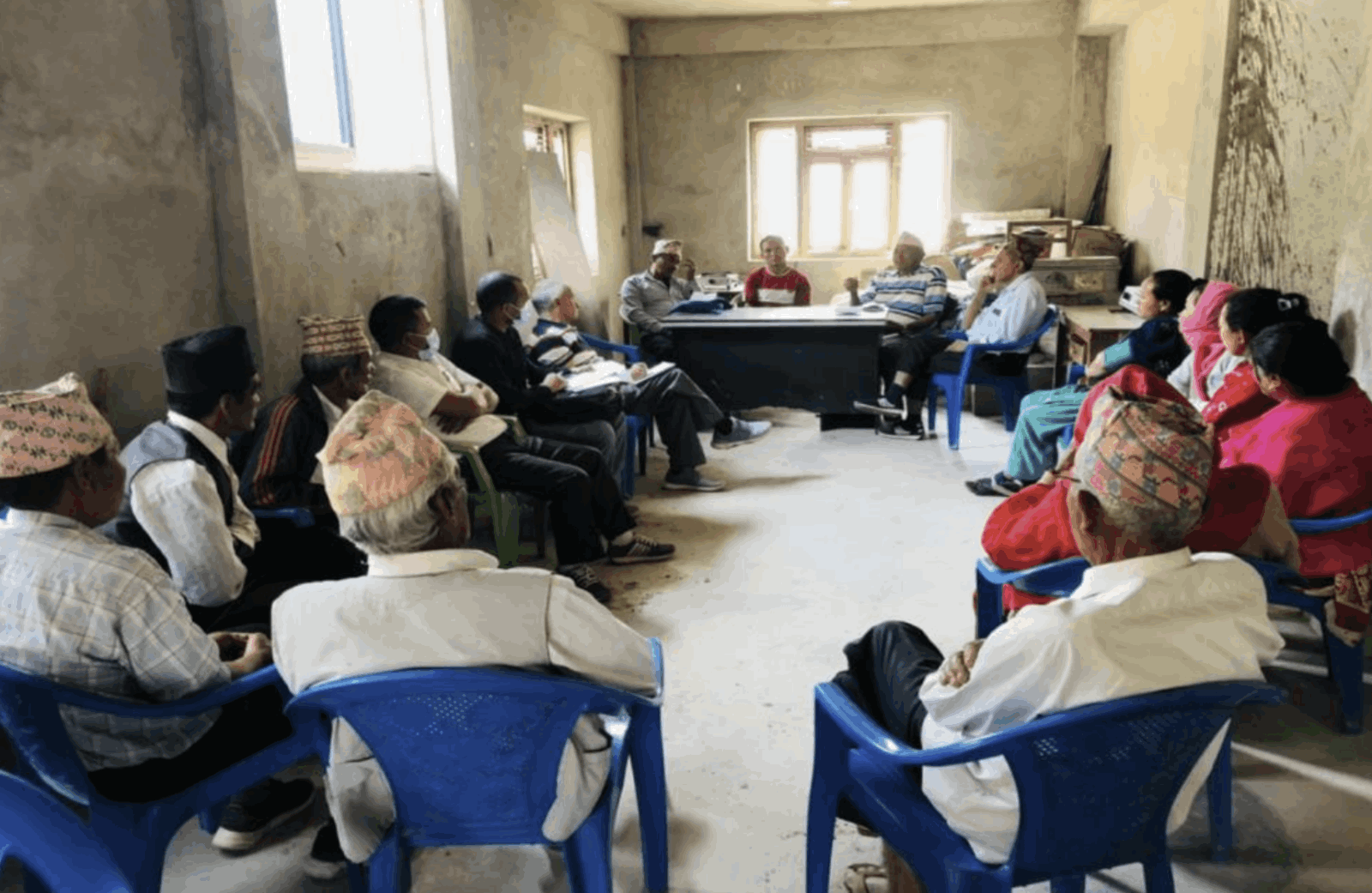
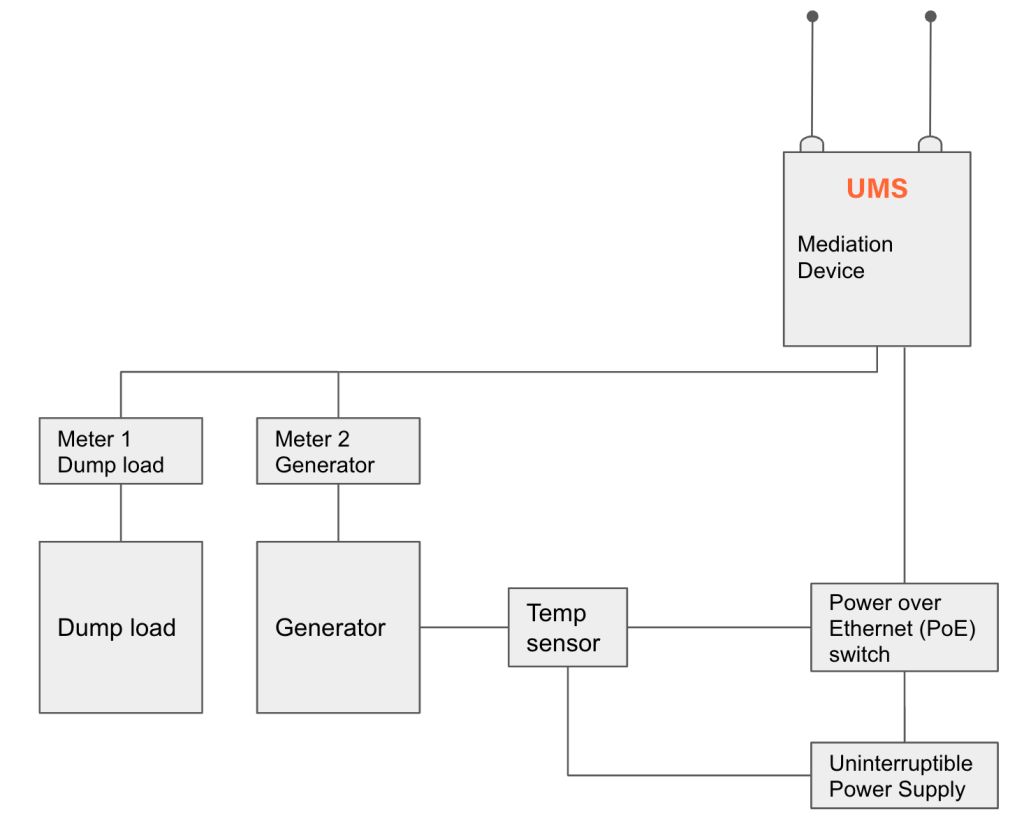
installation of a 3-phase meter to obtain the energy data.
provides uninterrupted power to the devices above during the generator downtimes
the meditation device uses a dedicated 4g modem to connect to the internet but uses the PoE network to form communication between the rest of the devices at MHP
the sensor provides a live reading of the generator’s temperature
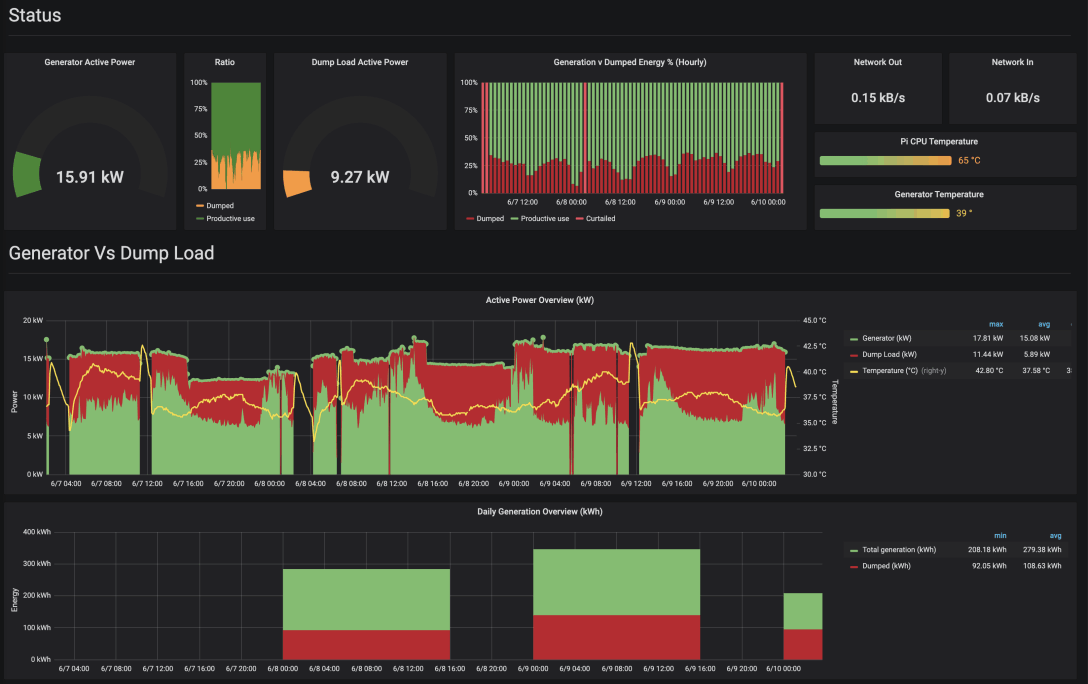
This project has three primary steps, starting with the Jhumsa Khola pilots, the broader goal is to improve the productivity of 2000+ micro-hydros across Nepal using the SML’s Unified Management System. We have successfully completed the first step of the project in Q1 2022.
Following the successful first phase of UMS installation, the data from the MHP immediately revelieved some interesting information that pointed to under utilisation of the generators.
SML and NEF are working closely on to create a list of potential entertprises that exploit the potential energy from the generator and, based on the socio economic survey, provide the most value to the community.
Deploy UMS at the pilot sites and collect key data that reveal the existing operation schemes of the MHP
Ascertain economic development possibilities, including further opportunities for women in the local communities served by the MHP
There are 2000 other similar size micro-hydro sites across Nepal. Our goal is to use the UMS to improve their reliability and productivity at an affordable cost